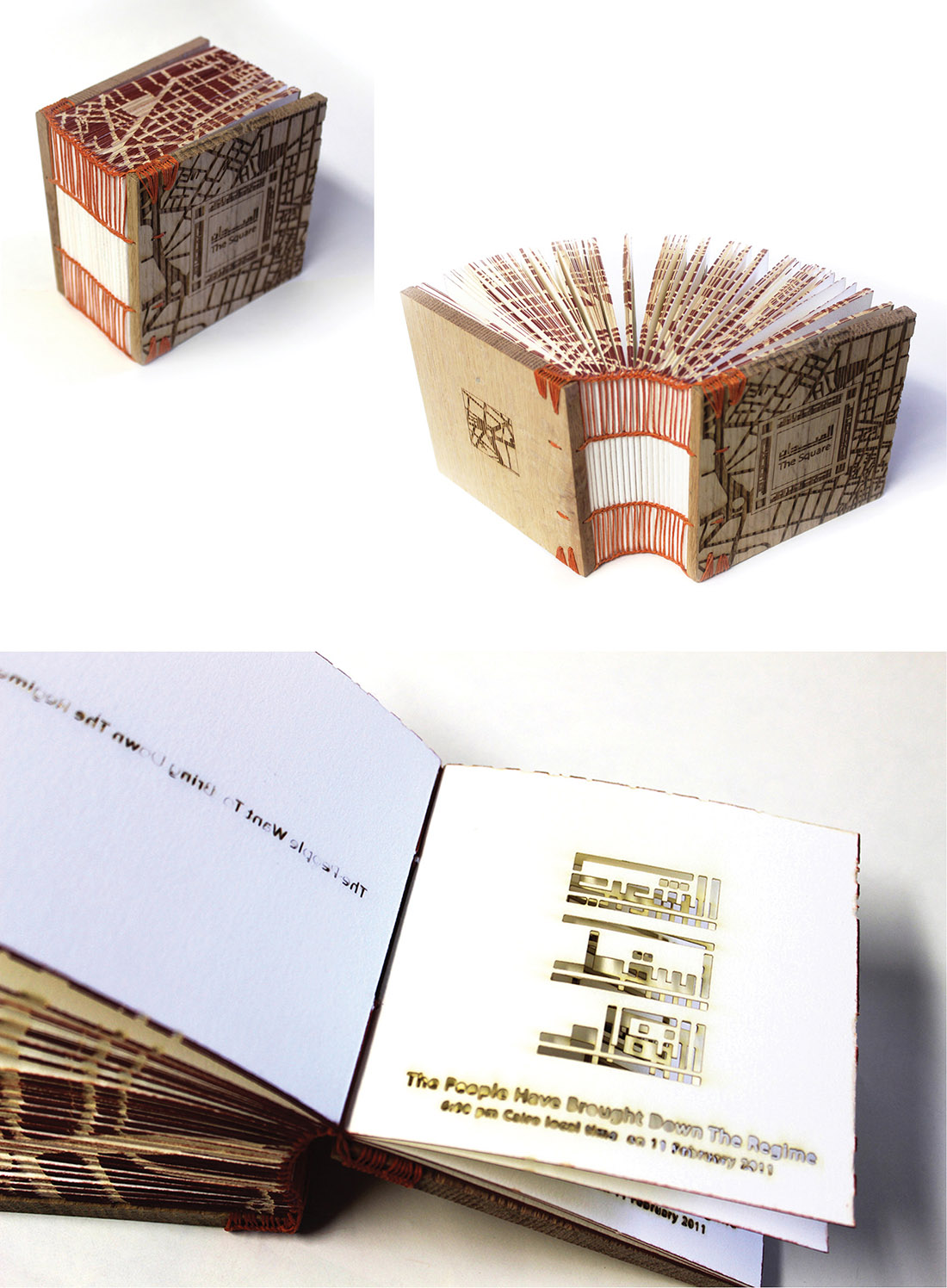
Those who proclaimed the demise of printed books several years ago when e-readers were first introduced are now eating their words, as sales of traditional books have rebounded. There’s just nothing quite like the real thing. Artists have always known this and found inspiration in the three-dimensionality of books. Printmakers, papermakers, bookbinders, writers and sculptors who work in the field have taken as their mantra that the book will prevail in some physical form. In book arts, content and form are frequently one and the same.
The College Book Arts Association’s national conference came to campus in early January, hosted by the Vanderbilt Department of Art. Under the theme “Telling the Story,” lectures and workshops accompanied an exhibit, Anthology: Visual Narratives from Nashville’s Print Community, which began in November at the Frist Center for the Visual Arts. The conference also included two juried on-campus exhibits: Posted Notice at Sarratt Gallery, which explored posters as a democratic means of communication, and Backstory: Exploring the Boundaries of the Book at Space 204. Submissions for Backstory widely interpreted the book form, including sculptural books, book objects, altered books, book installations, performance, broadsides, and books involving digital media.
“The works we selected all appear to have two things in common: They have a subject beyond just being intricate objects, and they attempt to investigate concerns we share publicly by addressing these issues through intimate and personal objects,” says Backstory juror Tate Shaw, director of the Visual Studies Workshop in Rochester, New York, and an assistant professor of English at the State University of New York at Brockport.